
2026 Toyota Cross is a subcompact SUV that blends the practicality of the Corolla family with the modern stance of a higher riding crossover. The 2026 Toyota Cross inherits the core strengths of the Corolla line: durability, fuel efficiency, and suitability for everyday commuting. In this 2026 Toyota Cross Review, I will walk you through the strengths and weaknesses of the two engine options, traditional gas and hybrid, to answer a simple but important question: for U.S. city driving, should you choose the gas version or the hybrid version?
From the perspective of someone who has already gone through the “trial and error” phase, I will analyze key aspects: design, performance, fuel economy, cargo space, tech features, maintenance costs, and real world suitability for different types of drivers. By the end, you should have enough information to confidently decide which 2026 Toyota Cross version fits you best.
Related Articles: 2026 Toyota Land Cruiser Century Review: Ultra luxury SUV above even Lexus, what is different?
Design and What Is New on the 2026 Toyota Cross
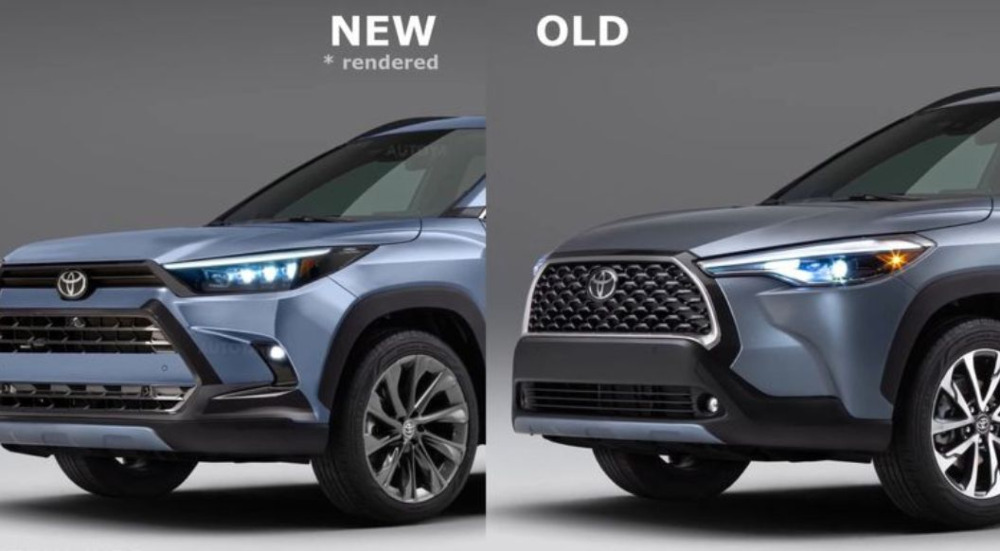
In terms of design, the 2026 Toyota Cross keeps its youthful and practical styling. The exterior looks like a dynamic crossover with a wide grille, sharp LED headlights, and character lines that make the body look more muscular. The 2026 Toyota Cross Hybrid has a few visual cues of its own: the front end uses a body colored bar that visually connects the headlights, and a large inverted trapezoid grille that looks more modern. The gas version of the 2026 Toyota Cross typically uses a traditional “A shape” black grille design that feels a bit more rugged. Overall dimensions remain compact, which is a big advantage when you have to maneuver or park in crowded city streets.
Inside, Toyota lightly refines the cabin of the 2026 Toyota Cross. The dashboard layout is straightforward and easy to use, with more convenient storage spaces and fresher interior color options that make the cabin feel airy and modern. Even though the 2026 Toyota Cross does not radically change compared with the previous model year, these small tweaks in aesthetics and convenience are enough to satisfy urban buyers who value practicality but still want something that looks up to date.
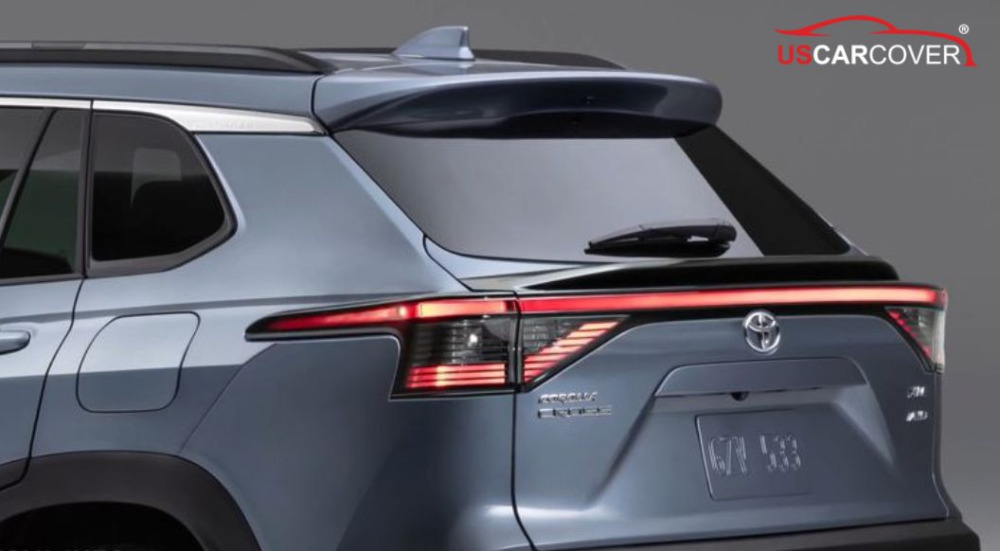
With the 2026 Toyota Cross, you still get the core values that built the Corolla name. Build quality feels solid, durability is a strong point, and you get the full Toyota Safety Sense suite as standard. Whether you pick the gas version or the hybrid version of the 2026 Toyota Cross, you still get advanced driver assistance: pre collision warning with automatic emergency braking, adaptive cruise control, lane departure warning with lane keeping assist, and multiple airbags for occupant protection. These features help the 2026 Toyota Cross become a trustworthy companion for young families both in city traffic and on longer road trips. In other words, the Toyota Cross 2026 still does its main job extremely well: a compact, safe, and versatile SUV for American urban life.
Related Articles: Is the 2026 Toyota Hike Cruze 6x6 Camper Real or Not?
Engine and Performance: Traditional Gas vs Modern Hybrid

The first big factor when choosing between 2026 Toyota Cross versions is the powertrain under the hood. The gas Toyota Cross uses a naturally aspirated 2.0 liter four cylinder gasoline engine running on a conventional Otto cycle. It produces about 169 horsepower. Power goes through a continuously variable automatic transmission (CVT) to the front wheels as standard; all wheel drive (AWD) is available as an option. The 2026 Toyota Cross Hybrid uses more advanced technology. It also has a 2.0 liter four cylinder, but optimized for the Atkinson cycle for hybrid efficiency, combined with three electric motors. Together they produce a total of about 196 horsepower, noticeably more than the gas version. The hybrid also comes standard with electronic all wheel drive (e AWD) thanks to a dedicated electric motor for the rear axle. That means the 2026 Toyota Cross Hybrid can maintain good traction on slippery surfaces or in light snow, an important bonus for some U.S. regions.
In real world driving, the performance gap between the two versions is noticeable. With nearly 200 horsepower and instant torque from the electric motors, the 2026 Toyota Cross Hybrid accelerates surprisingly briskly, taking roughly 7.3 seconds to reach 60 mph. That is clearly quicker than the roughly 9 second time of the gas powered 2026 Toyota Cross. In city traffic or when merging onto the highway, the hybrid version feels more responsive and confident, with a more eager throttle response and smoother pull thanks to the electric assist.
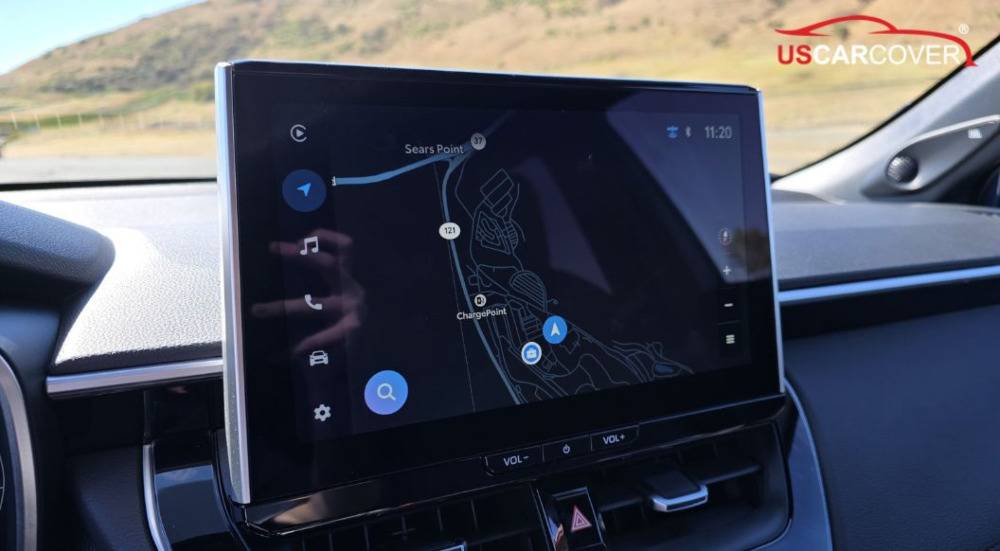
By contrast, the gas 2026 Toyota Cross accelerates more calmly. The 2.0 liter gas engine has to work harder when you ask for strong acceleration, and you may hear the engine rev loudly if you step on the gas aggressively, but throttle response is linear and predictable, which suits a relaxed driving style. If you enjoy a sportier feel or simply want a more agile 2026 Toyota Cross in urban driving, the Hybrid version is the more exciting choice. If you are satisfied with moderate power for everyday commuting, the gas 2026 Toyota Cross is still perfectly adequate and has the familiarity and simplicity of a traditional gasoline engine.
Related Articles: Comparing the 2026 Corvette ZR1 vs Z06 and E-Ray: Who Is the Real Dominator?
Fuel Economy: How Much Savings Is Enough?
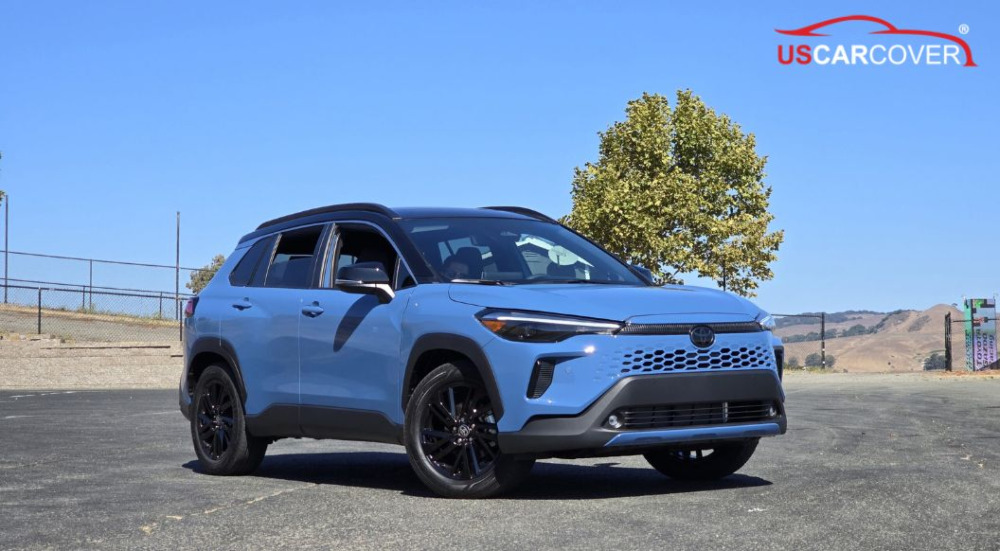
When people talk about choosing a hybrid, the biggest advantage that comes to mind is fuel savings. The 2026 Toyota Cross Hybrid scores very highly in that area, especially in city driving. In mixed information and estimates, the 2026 Toyota Cross Hybrid can reach around 45 mpg in city driving and about 38 mpg on the highway, for an average in the low 40 mpg range. These figures are significantly better than those of the gas powered 2026 Toyota Cross, which comes in closer to 31 mpg in the city and 33 mpg on the highway for front wheel drive.
That means if you mainly drive in city traffic with lots of stop and go situations, where hybrid systems shine thanks to regenerative braking and automatic engine shutoff at stops, the 2026 Toyota Cross Hybrid can save as much as 15 mpg compared with the gas version. Over time, this difference translates into hundreds of dollars of fuel savings per year, depending on your mileage. In an era of rising fuel prices and living costs, a vehicle that burns significantly less fuel like the Toyota Cross Hybrid 2026 is naturally attractive, especially for young families looking to cut transportation expenses.
However, it is also important to consider your specific usage pattern. If most of your mileage is on highways, the fuel economy advantage of the 2026 Toyota Cross Hybrid shrinks somewhat. At that point, the difference between 38 mpg and roughly 33 mpg may not change your monthly budget dramatically. Similarly, if you do not drive much at all, the fuel savings of the hybrid version may not immediately offset its higher purchase price. In other words, the 2026 Toyota Cross Hybrid delivers the best value when you drive frequently, especially in urban conditions, and plan to keep the car long term so you fully enjoy its fuel economy advantage.
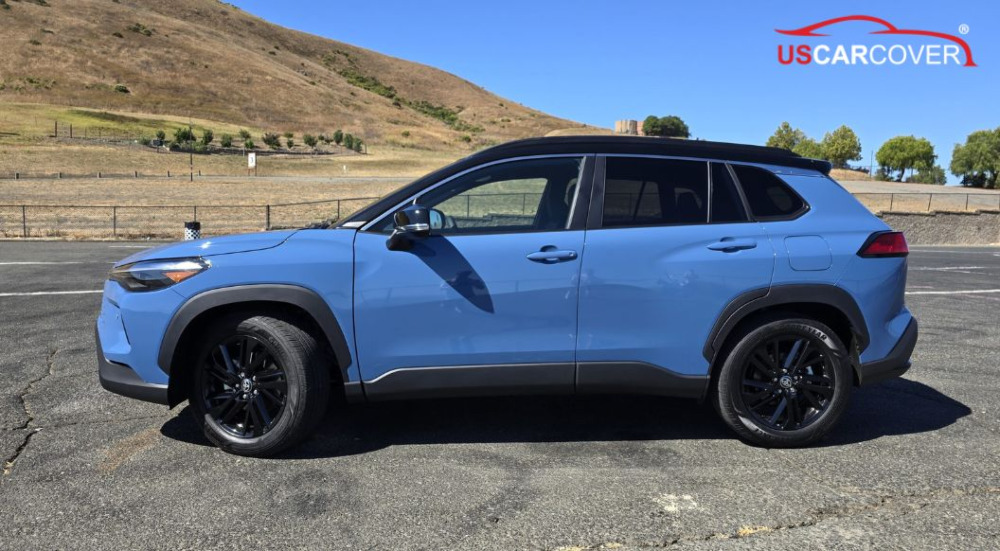
If you drive relatively little, or if your budget for the initial purchase is tight, the gas powered 2026 Toyota Cross remains a sensible choice. Its fuel consumption is still acceptable in its segment, around 30 to 32 mpg combined, similar to other small crossovers. Whether you choose gas or hybrid, the 2026 Toyota Cross will be far more efficient than a large SUV or pickup truck in city use and will be easier on your wallet over the long term.
Related Articles: 2026 Toyota Stout Review: Exterior, Interior, and Features Assessment
Cargo Capacity and Everyday Space

A subtle difference between the gas Toyota Cross and the 2026 Toyota Cross Hybrid appears in the rear cargo area. Due to the packaging of the hybrid system (battery and rear electric motor), the Hybrid version sacrifices a bit of trunk space. The 2026 Toyota Cross Hybrid has a cargo volume of about 21.5 cubic feet behind the rear seats, while the gas version offers around 24.0 cubic feet. On paper, a difference of about 2.5 cubic feet does not sound huge, and in practice it usually is not. Both versions of the 2026 Toyota Cross can still hold a typical family’s luggage or weekly groceries without issue. However, if you frequently carry bulky items, the gas 2026 Toyota Cross gives you a slight edge. That extra bit of space may be enough for more bags, a larger stroller, or additional gear.
Both gas and hybrid versions of the 2026 Toyota Cross feature a 60/40 split folding rear seat. When folded down, the rear seats create a large storage area, handy for transporting long or bulky items. Seating capacity remains the same: five passengers. The rear bench of the 2026 Toyota Cross is wide enough for two adults to sit comfortably or three children at once. Tall rooflines and large windows make the cabin airy, with good visibility for both driver and passengers.
In the context of crowded cities, the compact size of the 2026 Toyota Cross is a major practical benefit. The vehicle is roughly the length of a compact sedan, which makes maneuvering in tight streets and narrow parking garages much easier. A small turning radius helps when making U turns or parking on busy streets. Both versions of the 2026 Toyota Cross offer decent ground clearance, high enough to deal with potholes and speed bumps, but not so high that loading cargo or helping kids in and out becomes difficult.
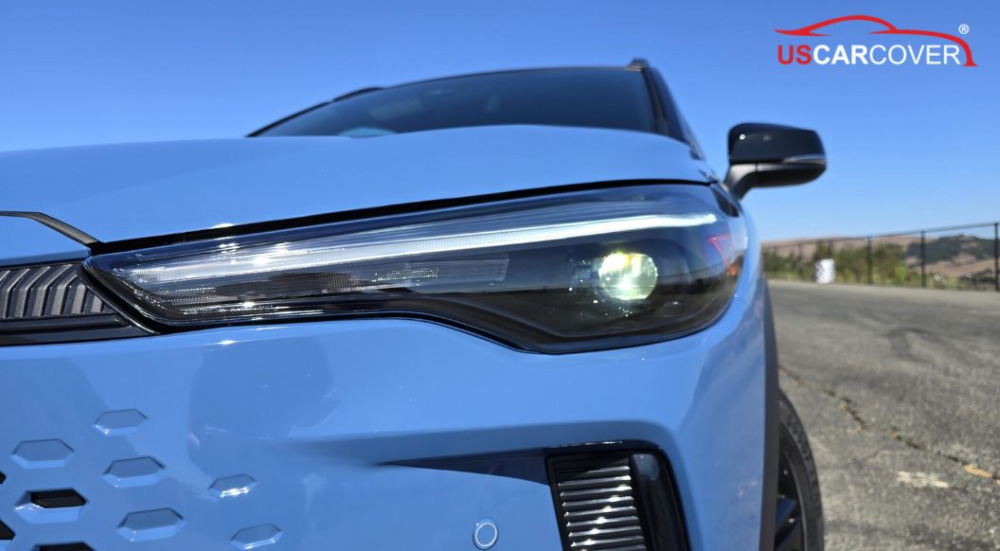
Overall, in terms of carrying people and cargo, the difference between the gas 2026 Toyota Cross and the 2026 Toyota Cross Hybrid is quite small, aside from the modest reduction in trunk volume for the hybrid. That means you can prioritize other factors, like performance or fuel economy, unless you truly maximize cargo capacity on a regular basis.
Related Articles: 2026 Honda Prelude Review: Not Just Showroom Pretty, A One Week Real World Test
Tech Features and Convenience Equipment
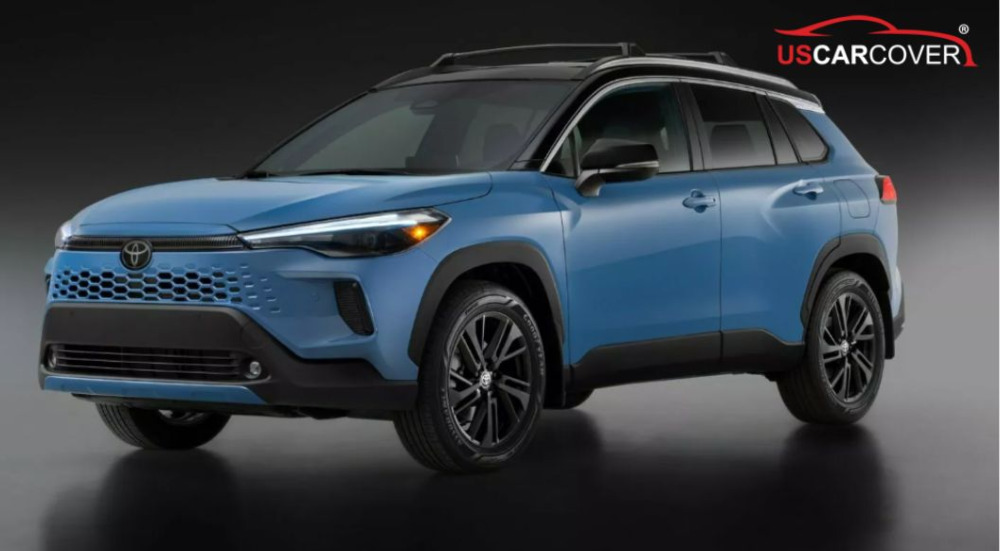
Toyota has been generous with tech and convenience features on the 2026 Toyota Cross, regardless of whether you choose gas or hybrid. Both versions benefit from Toyota’s latest infotainment system with an 8 inch touchscreen that supports wireless Apple CarPlay and Android Auto. The interface is simple and responsive. USB C ports are conveniently located for both front and rear passengers, and on mid and upper trims there are enough ports for everyone’s devices.
Despite being a relatively affordable model, the 2026 Toyota Cross offers features often seen on more expensive vehicles: automatic climate control, push button start, an electronic parking brake with hold function, and available wireless phone charging on higher trims. Toyota Safety Sense 3.0, with its full suite of driver assistance, is standard across the lineup, as mentioned earlier. This is a big plus for peace of mind.
Where equipment starts to differ is in the trim structure. In the U.S., the gas 2026 Toyota Cross is typically offered in trims like L, LE, and XLE. The 2026 Toyota Cross Hybrid is packaged more like a sporty, upscale model, with S, SE, and XSE trims. In practice, that means the base hybrid trim often starts with a higher level of equipment than the base gas version. For example, the 2026 Toyota Cross Hybrid S can come with privacy glass, a rear wiper, steering wheel paddle shifters, and standard AWD, while the gas 2026 Toyota Cross L or LE may not include all of those features or may offer them only as options.
Moving up the hybrid lineup, 2026 Toyota Cross Hybrid SE and 2026 Toyota Cross Hybrid XSE bring more premium touches: leather wrapped steering wheel, heated front seats, 10 way power adjustable driver’s seat, a digital 7 inch instrument cluster, dual zone automatic climate control, ambient interior lighting, and the option of a panoramic glass roof. The gas 2026 Toyota Cross XLE also offers many comfort and convenience features, but it may lack some of the sporty or tech oriented details found in hybrid trims, like the contrasting black roof available on 2026 Toyota Cross Hybrid XSE or the sportier 18 inch wheel designs.
In summary, if you are the type of driver who loves new technology and premium creature comforts, the 2026 Toyota Cross Hybrid, especially in XSE form, will feel more attractive. If you mainly care about essential features for family use and want to keep the purchase price lower, a gas 2026 Toyota Cross LE or XLE still delivers what you need. In terms of driving feel and space, the structural differences between trims are small, so your decision here comes down to how much you value extra equipment like upgraded audio, heated seats, ambient lighting, and styling.
Related Articles: 2026 Toyota Corolla Cross Hybrid Review: S, SE, or XSE - which trim makes the most sense for urban America?
Maintenance Costs and Reliability: Which Is Better Long Term?
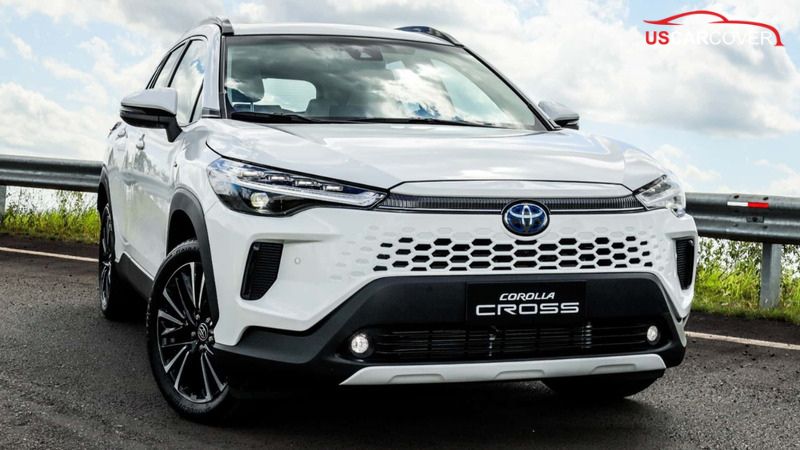
Maintenance and long term reliability are crucial when comparing the gas 2026 Toyota Cross with the 2026 Toyota Cross Hybrid. Toyota’s reputation for durability and reliability is a strong foundation. In practice, that means both versions of the 2026 Toyota Cross should be dependable for many years if maintained properly. The 2026 Toyota Cross Hybrid benefits from Toyota’s decades of experience with hybrid technology, as seen in models like Prius and RAV4 Hybrid. In the U.S., hybrid components such as the battery, electric motors, and hybrid control unit are covered by a long hybrid warranty (for many regions it is up to 10 years or 150,000 miles). That long coverage shows Toyota’s confidence in hybrid system longevity and provides peace of mind. In addition, new Toyota vehicles, including the 2026 Toyota Cross, often come with complimentary scheduled maintenance for the first couple of years or a certain mileage, reducing the cost of routine service early on.
For regular maintenance, the 2026 Toyota Cross Hybrid does not require anything unusual. You still need oil changes, air filters, and other basic services because the hybrid still has an internal combustion engine. However, because the engine in the 2026 Toyota Cross Hybrid works more efficiently and often at lower loads, wear and tear can be reduced compared with a pure gas engine under similar conditions. The regenerative braking of the hybrid also recovers energy when slowing down, which means the friction brakes are used less. This can significantly extend the life of the brake pads, saving you money over time. Many Toyota hybrid owners report going tens of thousands of miles before needing new pads.
There are understandable concerns about the cost of hybrid battery replacement. Modern Toyota hybrid batteries, however, are built to last a long time. In many real world cases, they continue to function well beyond 10 or even 15 years and well over 200,000 kilometers. When they do age, they tend to gradually lose capacity rather than fail suddenly, and replacement costs have decreased compared with earlier generations. Realistically, by the time a battery might need replacement, many owners will be ready to move on to another vehicle.
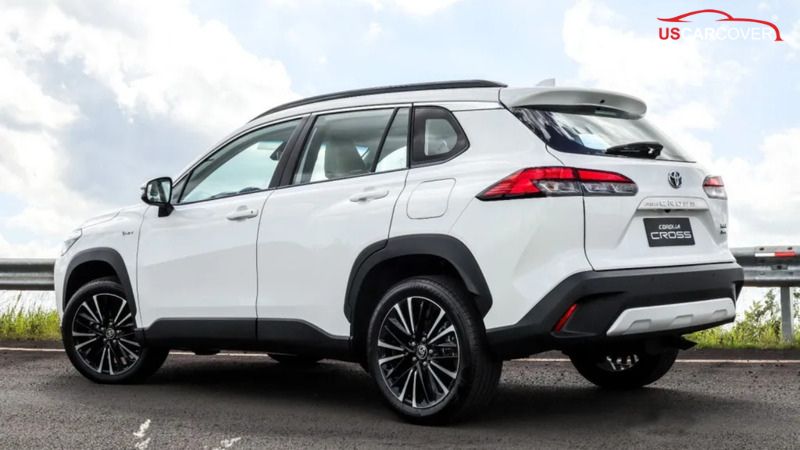
The gas powered 2026 Toyota Cross has a simpler mechanical layout, with fewer high voltage components. That means fewer expensive parts related to the hybrid system, but it does not necessarily mean better overall reliability, since Toyota’s hybrid tech has proved very robust. The 2.0 liter engine used in the 2026 Toyota Cross has already been used broadly in the Toyota lineup, with good parts availability and reasonable pricing. If you follow the recommended maintenance schedule, it will serve you well for a long time.
In short, both the gas and hybrid 2026 Toyota Cross are strong choices in terms of reliability. The 2026 Toyota Cross Hybrid may have a slight edge in overall operating cost thanks to fuel savings, extended brake life, and strong hybrid warranty coverage. The gas 2026 Toyota Cross appeals by way of simplicity and a slightly lower level of technological complexity. Either way, you are investing in a car that is known for being “easy to live with” over the long haul.
Related Articles: 2026 Toyota RAV4 Review: Is it still worth buying in the all-electric era?
Which Driver Fits Which Version: Gas or Hybrid?
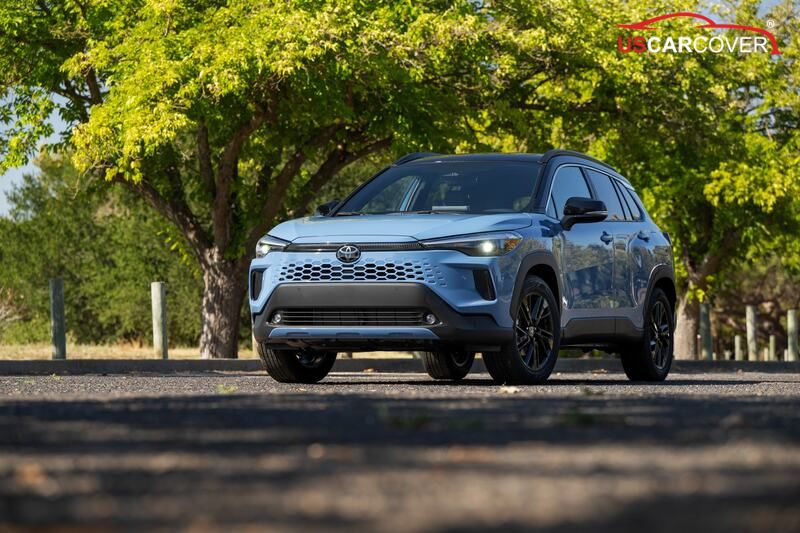
After going through all of the above, you probably have a sense of which 2026 Toyota Cross version fits your life. If your top priorities are fuel savings and frequent city driving, there is little doubt: the 2026 Toyota Cross Hybrid is designed for you. Daily commuters facing traffic jams and stop and go conditions will see the Hybrid use noticeably less fuel, and the frequent engine shutoff at lights and in slow traffic makes for a quiet, calm cabin. The 2026 Toyota Cross Hybrid is also ideal if you enjoy modern technology and the near EV like smoothness of an electrified drivetrain but do not want the hassle of plugging in. Families with children may appreciate the quiet, gentle operation and lower fuel bills of the hybrid most of all.
You should also consider the 2026 Toyota Cross Hybrid if you plan to keep the vehicle for 5 to 10 years or more and drive a lot. Over that time, fuel savings plus potentially better brake life can offset the higher purchase price, and strong resale value for hybrid models can be another bonus. As more buyers move toward fuel efficient and electrified vehicles, a 2026 Toyota Cross Hybrid may be easier to sell at a good price down the road. On the other hand, the gas powered 2026 Toyota Cross is a very sensible choice if you have a tighter upfront budget or your driving mileage is relatively low. The lower purchase price makes the gas version more accessible, especially for first time buyers or those purchasing a vehicle for a college student or a new worker. The gas 2026 Toyota Cross also appeals if you are the kind of person who values mechanical simplicity and feels more comfortable with traditional powertrains.
The gas version is a logical fit for warmer areas of the U.S. where all wheel drive is not a must, allowing you to choose a front wheel drive 2026 Toyota Cross and save on both initial cost and fuel consumption. If you occasionally need every last bit of cargo space for trips, the gas 2026 Toyota Cross offers that slight advantage in trunk volume. And if your needs are limited to having a reliable, comfortable, economical city SUV without advanced tech being a priority, the gas version is absolutely sufficient.
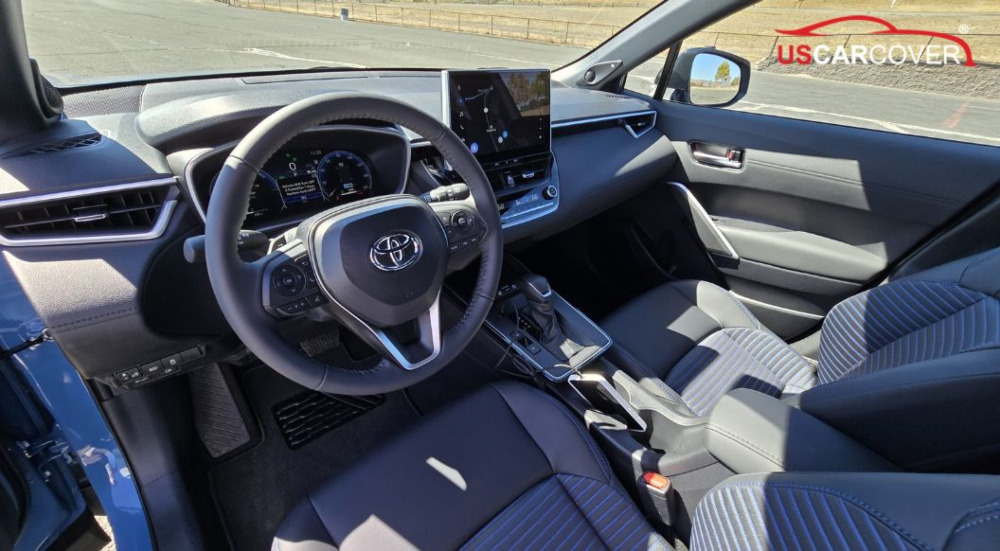
Of course, personal preference still plays a big role. Some drivers love the feeling of a hybrid system, the quiet electric like motion in traffic, and the satisfaction of using less fuel. Others prefer the familiarity of a gasoline engine’s sound and do not want to think about high voltage components at all, even if they never actually have to deal with them. Whatever you choose, both versions of the 2026 Toyota Cross share the same core strengths: easy to drive, safe, efficient, and reliable for everyday use in American cities.
Tips to Keep Your 2026 Toyota Cross Looking Like New
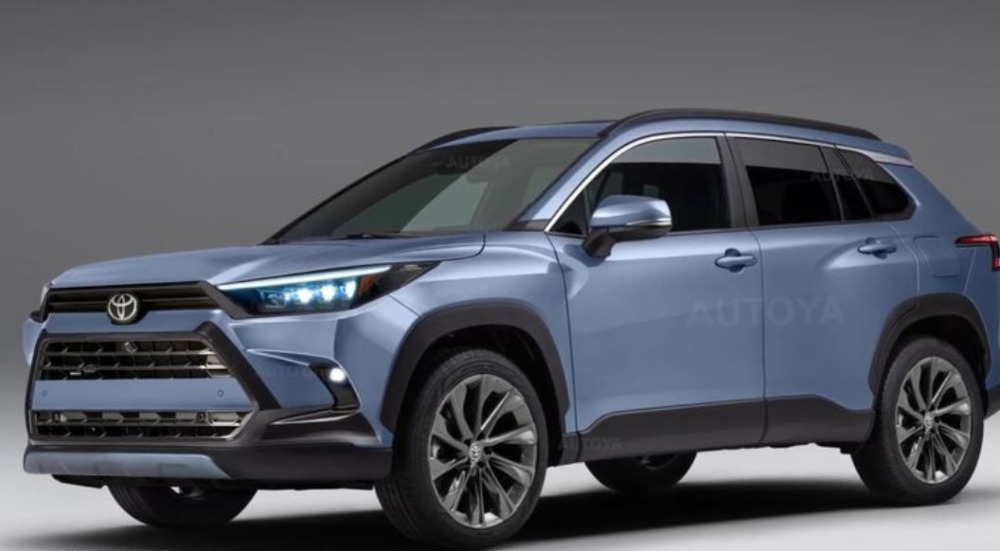
Before wrapping up, I want to share a simple tip to keep your 2026 Toyota Cross looking fresh and new for years, regardless of whether it is gas or hybrid. Daily use exposes your 2026 Toyota Cross to sun, rain, dust, tree sap, bird droppings, and small debris. In summer, intense sunlight can fade paint and age plastic trim. Acidic rain and contaminants can stain or etch the clear coat. If you park outdoors without any cover, these small attacks add up over time and make your 2026 Toyota Cross look older than it really is.
One of the easiest and most cost effective ways to protect your 2026 Toyota Cross is to use a quality car cover when parked, especially if you do not have a garage. A good cover shields the 2026 Toyota Cross from UV rays, reduces heat buildup in the cabin, keeps dust and dirt off the paint, and protects against minor scratches.
On the market, there are many types of covers, but you should look for one that fits the 2026 Toyota Cross properly and is made from durable, breathable material. The brand US Car Cover offers custom fit covers for the 2026 Toyota Cross 2026, with water resistant yet breathable multi layer fabric and a soft inner lining that will not scratch the paint. Using a quality cover from US Car Cover helps keep your 2026 Toyota Cross clean, shiny, and protected whenever it is parked. With just a few extra minutes to put the cover on and take it off, your 2026 Toyota Cross can look almost like it just rolled out of the showroom even after years of use.
The 2026 Toyota Cross is a strong contender in the small urban SUV segment, whether in gas or hybrid form. Toyota has smartly offered two different powertrain choices to suit different needs. The gas 2026 Toyota Cross makes sense for those who prioritize a lower initial purchase price, simple technology, and “good enough” fuel economy for everyday use. The 2026 Toyota Cross Hybrid is the better match for modern urban drivers who want maximum efficiency, brisker performance, and a more refined daily driving experience while also caring about environmental impact.
Through this 2026 Toyota Cross Review, I hope you now have a clearer picture of which version fits your lifestyle. The right choice is the one that matches your needs and budget, not just the spec sheet. With Toyota’s reputation and the solid core of the 2026 Toyota Cross, you can be confident that whichever version you pick will be a reliable, efficient, and practical companion on the roads of your city for many years to come.
